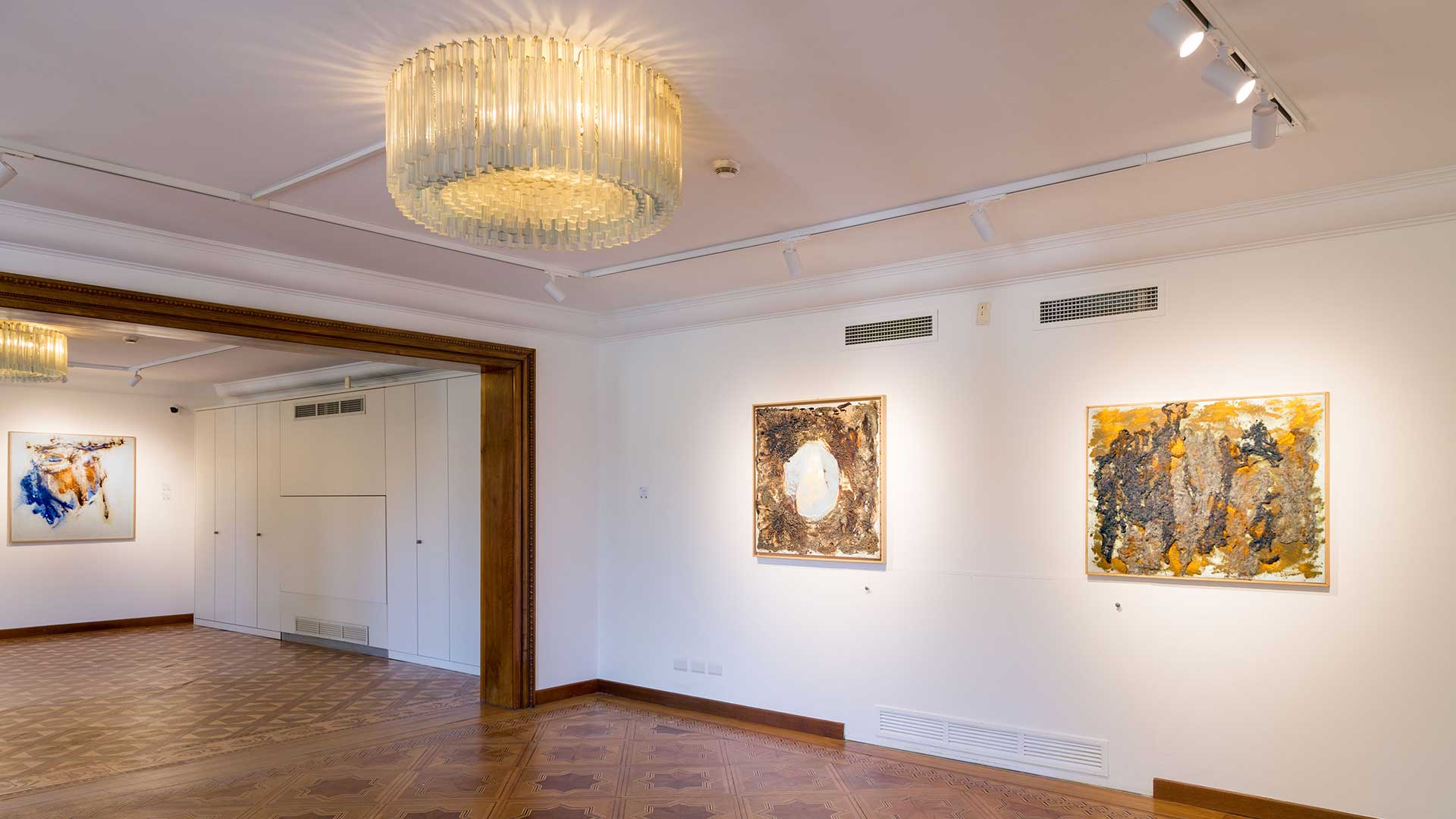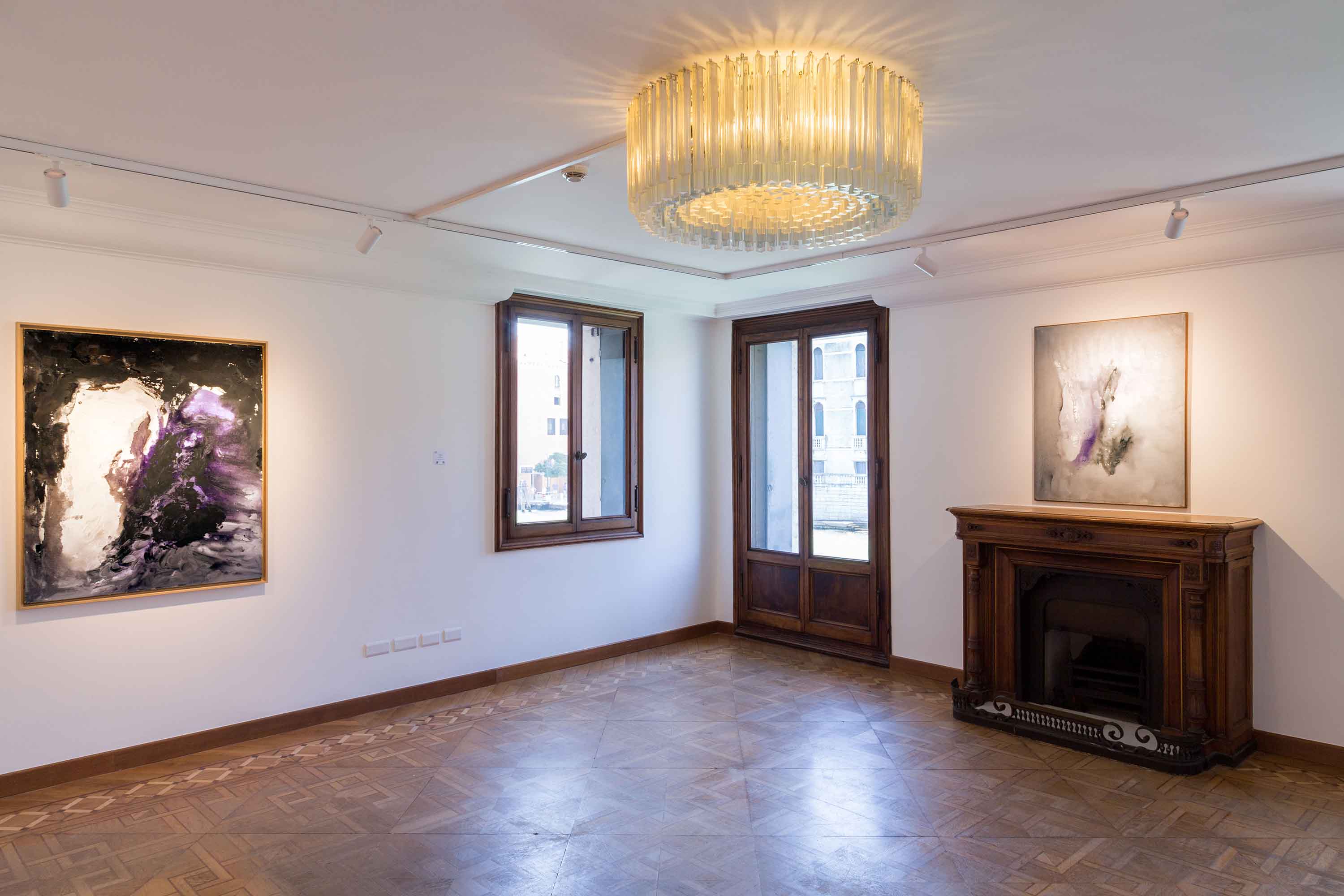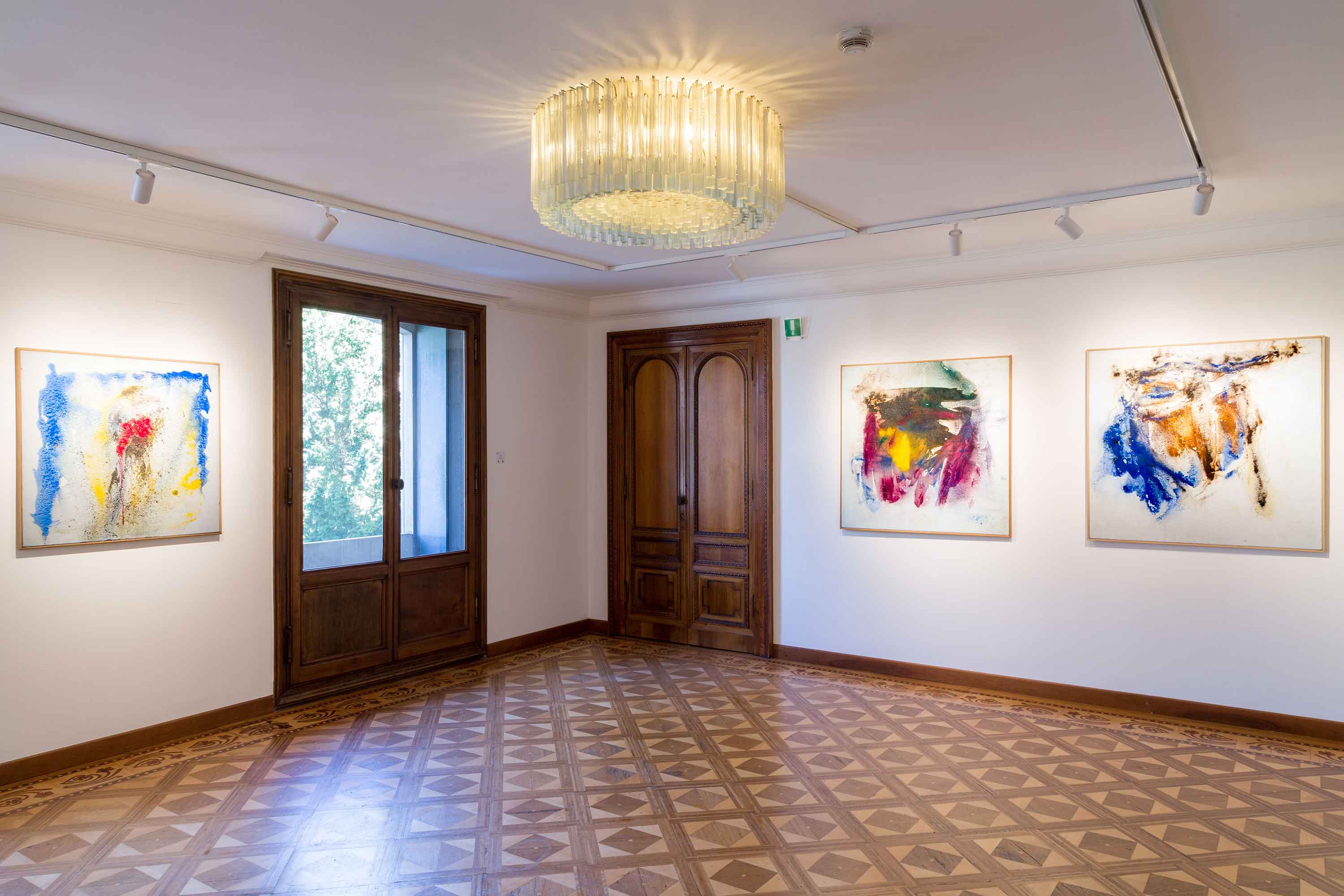On the centenary of Vasco Bendini's birth, celebrated this year by an extensive retrospective at GNAM – the National Museum of Modern and Contemporary Art in Rome now on view and a long time after his last appearance in the lagunar city, the art gallery Maggiore g.a.m. in collaboration with ACP - Art Capital Partners Palazzo Franchetti brings back to Venice Benidini's art, after his last show during the Venice Biennale in 1972, curated by Francesco Arcangeli and Renato Barilli. An occasion to rediscover the multiform production of Vasco Bendini, an inexhaustible artist in perpetuating eclectic expressive research with a wide range of evocative mediums, always nourished by the desire to enlarge the cognitive dimension of his own essence. Bendini is a precursor of tendencies, a pioneer of Informalism and Arte Povera. Starting with a selection of works from the Fifties of the Informalism movement, passing through the Sixties, the exhibition follows the evolution of Bendini's research arriving to embrace Performance Art and keeping on the polimateric challenges of the following decades.
Vasco Bendini (Bologna 1922 – Rome 2015) is the protagonist of an artistic journey that sees him as a precursor. It's a non-linear itinerary going to investigate the presence of images that reveal themselves throughout an insatiable and pioneering renovation of techniques and languages. Between 1941 and 1942 Vasco Bendini attended the Academy of Fine Arts in his hometown, where he studied with Giorgio Morandi and Virgilio Guidi. Starting from their lesson the artist moved his first steps in a Metaphysical direction, but already in 1948, the figurative element will flake, going instead towards an abstract sense beneath the corrosivity of an impetuous gesture that will be soon accompanied by materiality able to explore the revelatory power of the light through its multiple shapes. The progression that brought the image disintegration came after the suggestions that Bendini read in the modern theories of quantum physics, according to which our perception of reality in its state of matter is nothing more than an illusory trace made of mobile compounds, formed by waves and particles. The progressive disintegration of the form – and faces - that we can observe in Bendini's works became representative of this reflection: beginning from 1950 colors turned into liquids, paint expanded nebulously, guiding the observer towards shapes that became more and more dematerialized, levitating, and becoming from 1958 to 1959 full part of the Italian Informalism, among which Bendini is a Master. The possibility of having an instant reading of the image disappears but the visual language of the artist reveals still a constant presence of an audacious figuration, that yet needs to be disclosed completely. The exhibition displays the artist's works from 1958 to 1970: some of them are significant representatives of his Informal period, and others instead introduce the objective research of the early Sixties, when the artist's insatiable investigations started to demonstrate a definite and premature sensibility towards languages that will be later defined as Arte Povera, of which Bendini once again is the anticipant. As recalled by Barilli, the 'poor' materials aggregated to his canvases after 1970, inevitably set in fine equilibrium with those of traditional pictorial origin; the Funk taste for waste, which had marked the end of the 60ies is maintained and possibly even strengthened, the 'found objects' of the egg box type, along with strips of cloth, crumpled and twisted almost as if the layer of pictorial paste was wriggling and twisting. Bendini's art will encounter the most various vocabularies and mediums thanks to his urgency in finding identity research: 'spirit and matter', 'thought and the senses', using the words by Maurizio Calvesi, the essence he investigates is not to be found abstractly, but it may be reached in the 'simultaneousness' of mental and sensible stimuli or better in our awareness of such condition since the essence depends on awareness. Accompanied by the pen of illustrious critics such as Argan, Barilli, Arcangeli and Calvesi, in 1964 the artist obtained a personal room at the 32 Venice Biennale, soon followed by another one at the 36 Venice Biennale (1972). His first anthological exhibition in 1968 will inaugurate a period characterized by an intense activity finished only in 2015, the year that signed the end of a long career always dedicated to researching profoundly the elusive entity of his own essence. Presenting works conceived from 1958 to 1970, the exhibition offers the possibility to understand closely the artistic evolution of one of the biggest precursors of Avant-gard Art.
Read more +
Read less -







 Sign in with email
Sign in with email




